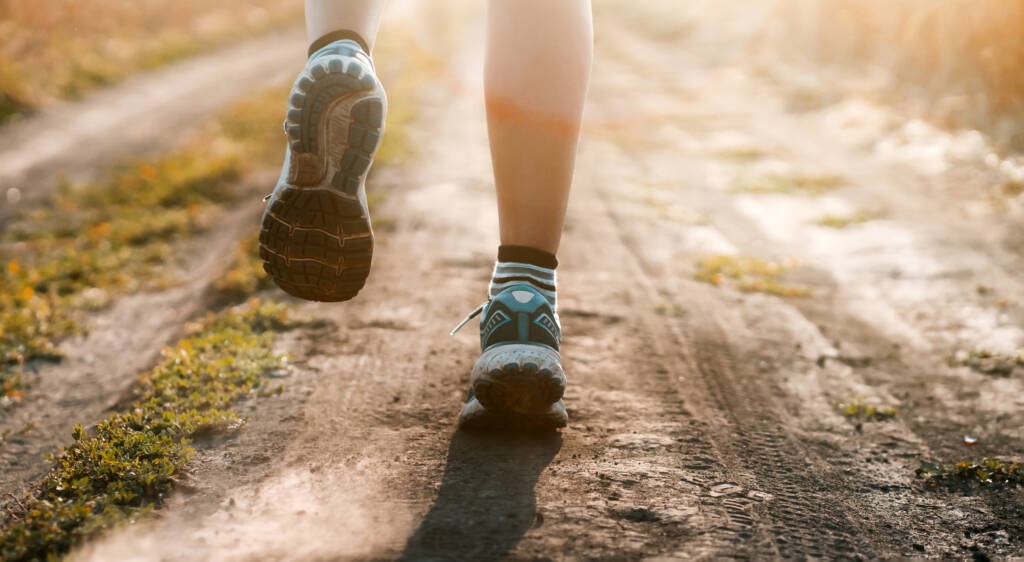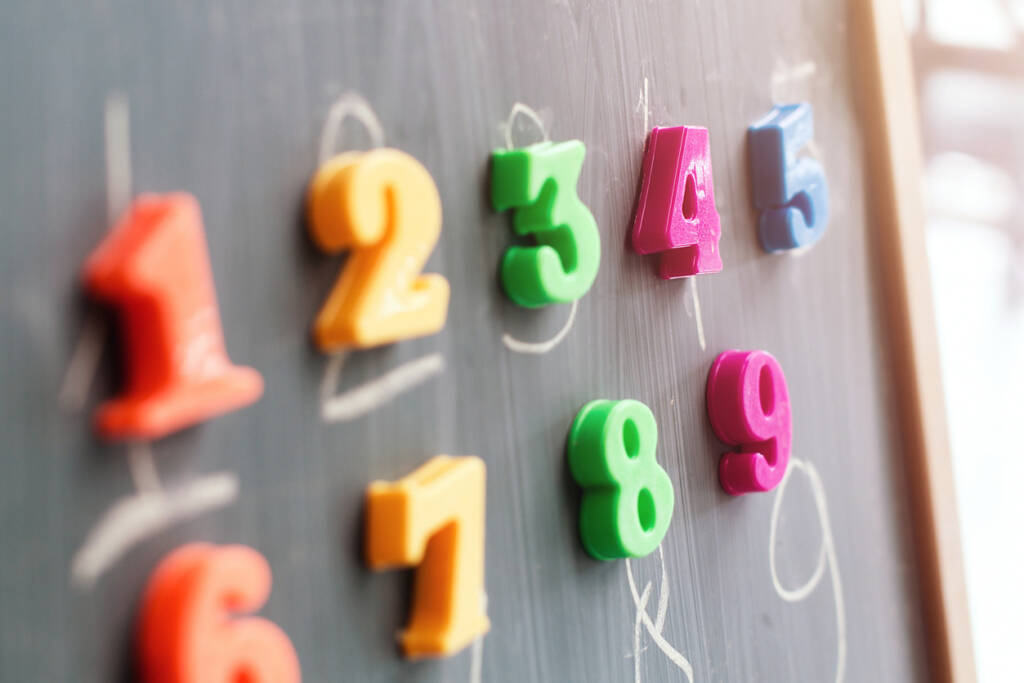
Elementary Physical Education Grade 1

The Elementary PE course helps students be their best by teaching them healthy habits and activities. It builds on what they’ve learned in previous lessons and provides age-appropriate activities. Students learn skills like throwing, catching, kicking, and dancing. They also learn about eating a healthy diet, teamwork, and sportsmanship. The course encourages students to set goals and work towards them to improve their skills. They play games, learn cultural dances, and even design a lunch menu for their family. This course gives students the tools they need to live a healthy lifestyle and get 60 minutes of daily fitness.
Please view the Elementary Parents Guide for Grades K-2 with guidance on helping your student transition to online learning and thrive at VLACS.
Major Topics and Concepts
Segment One
Safety
Locomotor movements
Underhand and overhand throwing
Catching
Flexibility
Cardiovascular health
Strength
Nutrition
Segment Two
Sportsmanship
Teamwork
Nutrition
Striking
Kicking
Dance
Gymnastics
Swimming
Fitness resources
Improving movement
Course Materials
To achieve success, students are expected to submit work in each course weekly. Students can learn at their own pace; however, “any pace” still means that students must make progress in the course every week. To measure learning, students complete self-checks, practice lessons, multiple choice questions, projects, discussion-based assessments, and discussions. Students and families are expected to maintain regular contact with teachers because, when teachers, students, and parents work together, students are successful.
Required Materials – Please view the list of materials before registering.
Competencies
Empathy and Activity
I can describe showing empathy toward others participating in physical activity. I can predict the benefits of sharing during participation in physical activity. I can select physical activities I enjoy. I can compare healthy foods to unhealthy foods. I can explain the cues to using the body to strike an object. I can explain the cues to perform skills with proper mechanics.
Fitness and Food
I can illustrate proper techniques to increase flexibility. I can compare heart rate before, during, and after physical activity. I can select a moderate and vigorous physical activity. I can explain the health benefits of being physically active. I can categorize foods into the four food groups. I can create healthy meals containing three of the four food groups.
Physical Activity and Performance
I can create a dance sequence. I can describe water skills. I can identify technology to be used during physical activity. I can select practice activities to improve performance. I can compare fitness results over time to identify improvements. I can analyze the differences in heart through moderate and rigorous activities.
Safety & Movement Concepts
I can explain staying safe during physical activities. I can explain parts of traffic safety. I can compare the use of a dominant hand and foot to the non-dominant. I can describe the body’s physical signs when participating in physical activity. I can explain the cues of moving concepts to jump, hop, and leap. I can select at least two ways to be active.

